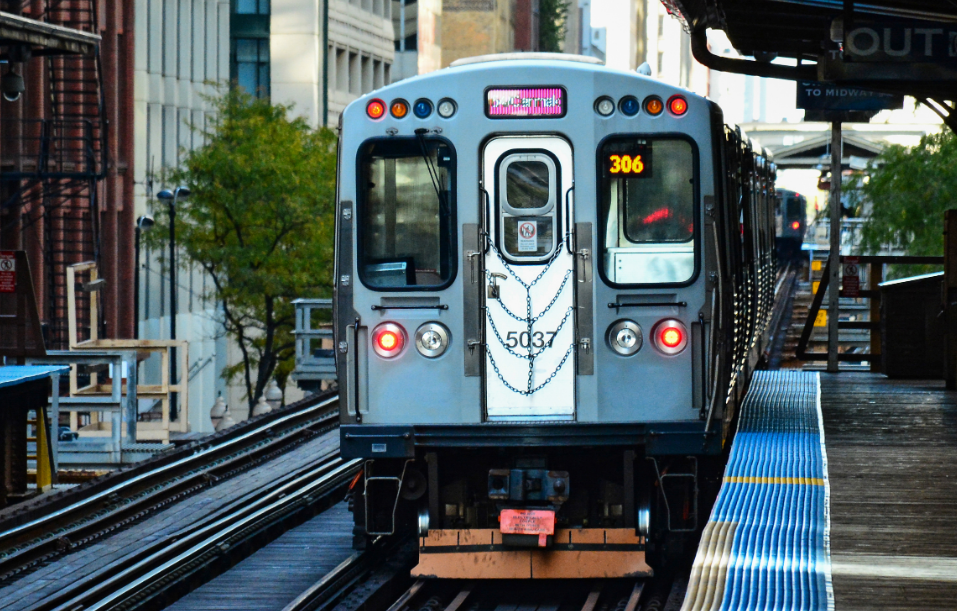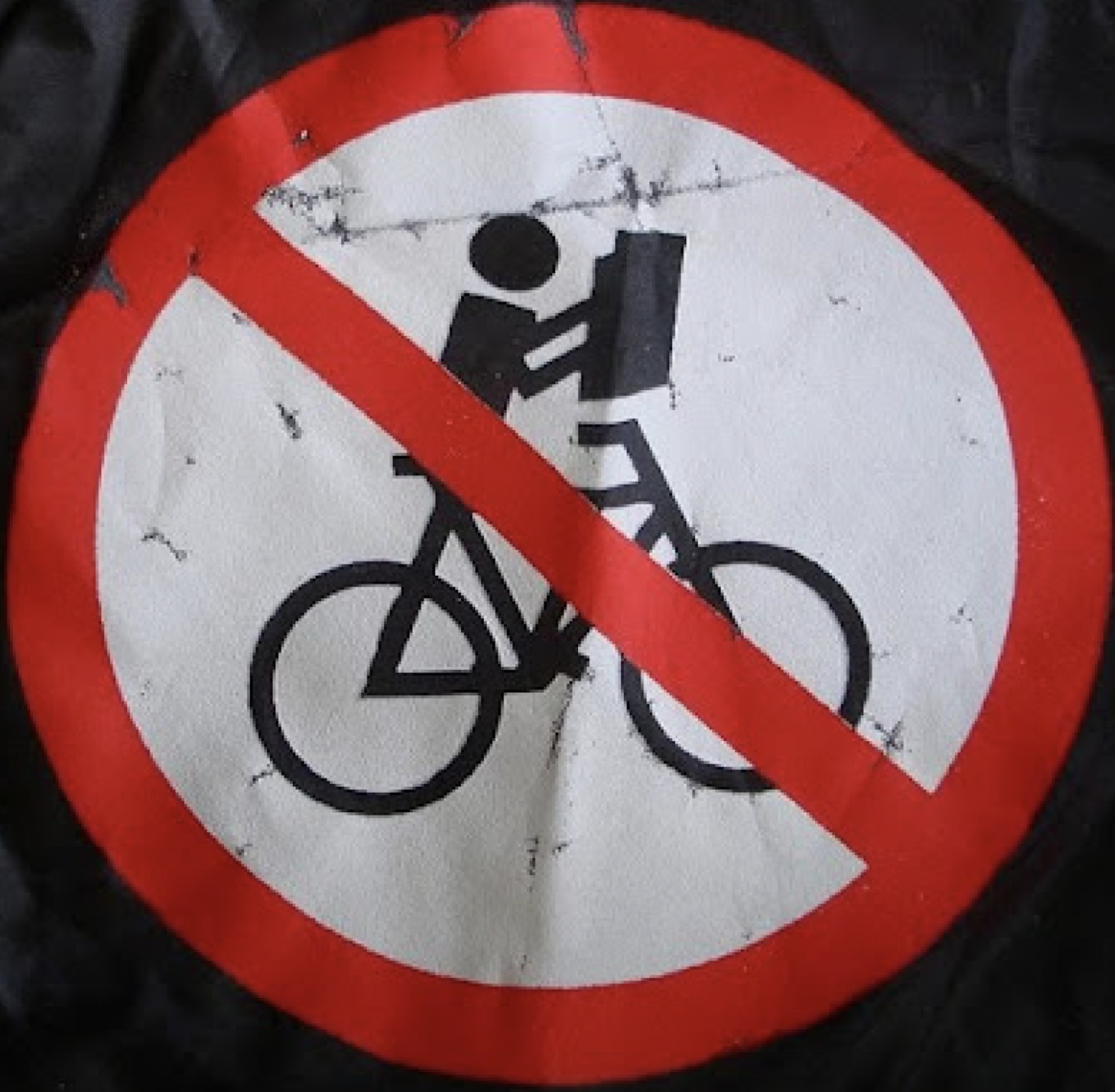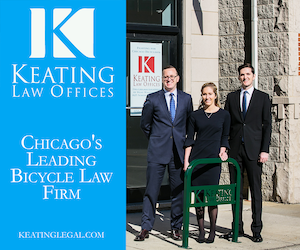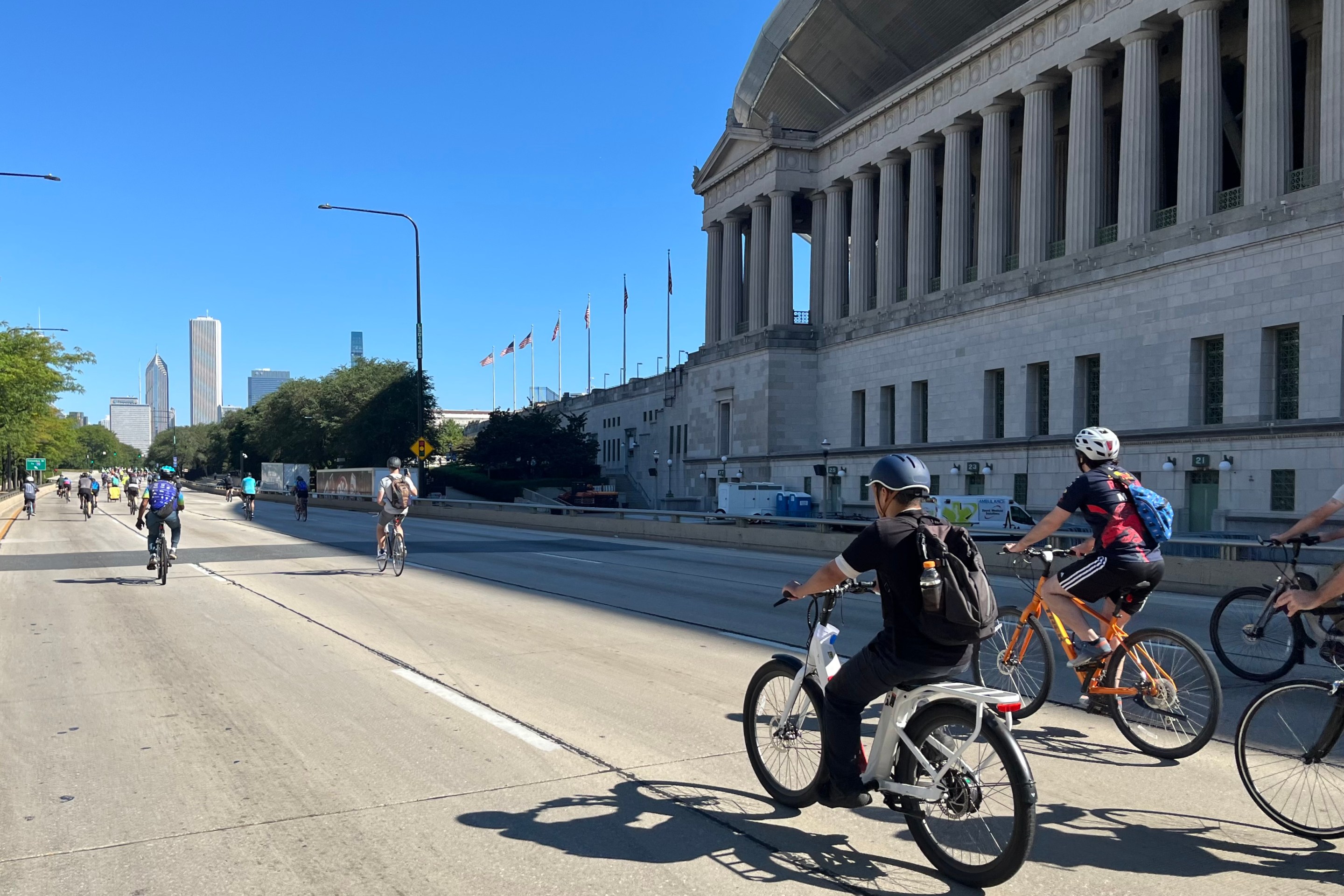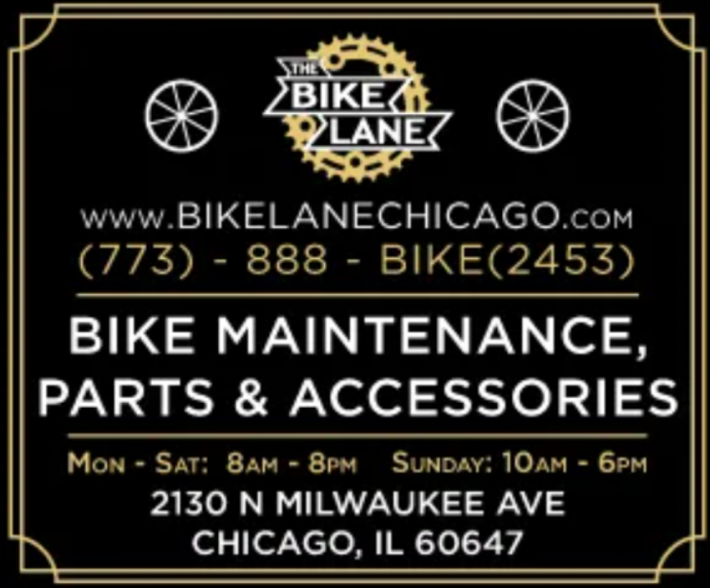
By Ellen Steinke
Ellen Steinke is a Chicago-based writer focused on transit, civic engagement, and systemic reform.
Last fall, the study "Impact of Transit on Mobility, Equity, and Economy in the Chicago Metropolitan Region," by researchers at Argonne National Laboratory and MIT, dropped a bombshell. They found that Chicagoland transit yields a 1,200 percent return on investment. For every $1 invested in the CTA, Metra, and Pace, the region sees $13 in economic output.
Despite having years to prepare for the looming $771 million transit fiscal cliff, Illinois lawmakers failed to pass a funding bill before the spring legislative session ended on May 31. The Senate passed a proposal, but the House never took a vote on the issue.
Now, without new revenue, the Chicago area faces a projected 40 percent cut in service, with some 3,000 layoffs.
- 74 CTA bus lines eliminated (about 60 percent of routes)
- 50 'L' stations closed
- 70 miles of rail service lost
- A 40 percent reduction in Metra service
- A 35 percent spike in traffic congestion in the city, and 15 percent regionally

The Argonne/MIT study found that without transit, over 2 million activities would be canceled every single day. That drop in mobility would cost the region an estimated $35 billion per year in lost economic activity. The impacts would fall hardest on female and low-income riders: women would account for more than half of canceled trips, and the lowest 20 percent income group would make up over a quarter of them.
As Jim Aloisi of the MIT Transit Lab put it: "Without that access, many people simply cancel their activities."
Failing to fill Chicago's predicted budget gap wouldn’t just mean a reduction in service. It would mean a loss of over $10-14 billion in annual economic activity. Even if only a portion of that is taxable, Illinois stands to lose hundreds of millions in state and local tax revenue — far more than the funds needed to prevent the cuts. Obviously, if Springfield doesn't identify $771 million in new revenue to avert the cliff, the 40 percent cuts to rail and bus service won't be a money-saver for our state.
Let’s be clear: This isn't just a Northeast Illinois issue. If the legislature doesn't take action to preserve, and hopefully improve, the transit that's vital to one of the country’s largest urban economies, that would be a self-inflicted wound to the entire Prairie State.
Transit’s payoff isn’t unique to the Chicago area. Nationally, the American Public Transportation Association estimates that transit delivers a 5-to-1 return on investment. But Chicagoland’s 13-to-1 ROI is staggering and rare.
Illinois doesn’t have a comparable ROI study for its highways – and few states do. That’s partly because car infrastructure is widely understood by economists and urban planners as a money pit. Most roads don’t come close to paying for themselves through use, fees, or economic growth. Global studies consistently show that highway expansion often depresses local economies over time, especially in car-dependent countries like the U.S., where high costs and sprawling development erode fiscal efficiency.
As a result, most states only track costs, not whether those investments ever pay off. And with Illinois facing some of the highest road construction costs in the nation and persistently poor outcomes, there’s little reason to believe our roads perform better than average.
Transit is not a drain – it’s a growth engine. Roads, meanwhile, are a liability. So why would anyone oppose properly funding public transportation?
Lawmakers fear backlash over even modest new fees, like a 50-cent toll surcharge, or a $1.50 fee for retail and restaurant deliveries by drivers, which were included in recent versions of Illinois' transit funding and reform bill. Lobbyists like the road construction union International Union of Operating Engineers Local 150 fight to keep infrastructure dollars flowing to asphalt. And while Gov. J.B Pritzker has talked about the need for fiscally responsible and democratic government, he's largely stayed on the sidelines during discussions of public transportation revenue, one of the most urgent issues facing our state.

Transit funding continues to be treated like a budgetary afterthought in Illinois. It’s patched together year after year, cut when convenient, ignored when not in crisis. And yet public transportation still manages to reduce car traffic by 35 percent in Chicago and 15 percent in the suburbs. It still connects millions of people to education, work, healthcare, retail, and entertainment, and keeps our economy running. The math overwhelmingly supports robust funding for transit. The politics, frustratingly, do not.
Right now, we’re at risk of turning one of the country’s most comprehensive metropolitan transit systems into a skeleton of its former self. And for what? To avoid asking people to pay a little extra to drive to and from Chicago, or to have a burrito transported by car?
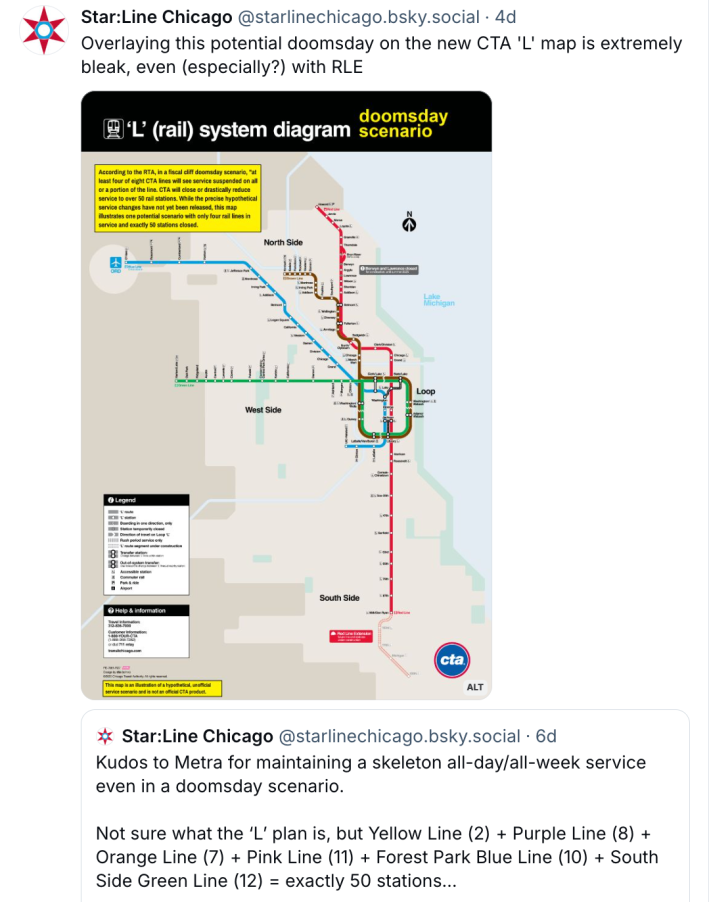
Screenshot of the Star:Line Chicago post showing the Orange Line a possible scenario for rail cuts if morning transit funding doesn't pass.
The good news? Transit funding and reform bill HB3438 already passed the Illinois Senate at the end of the spring legislative session. If lawmakers get together during an emergency session next month and agree on a financing package, it could get approved by the House and wind up on Gov. Pritzker's desk, where he'd surely give it his blessing. If the bill includes not just the required $771 billion, but instead the desired $1.5 billion, it would not only close the funding gap, but could unlock billions in additional economic gains and tax revenue.
Contrary to what some have written, Chicagoland transit doesn’t need a bailout simply due to fiscal irresponsibility by those who run it. It needs backing because of chronic underfunding by Springfield. The state covers only 17 percent of the system's operating revenue. In contrast, state funding covers 28 percent of New York's transit operating expenses, 44 percent of Boston's, and 50 percent of Philadelphia's.
As Ocar Wilde might have said, Illinois lawmakers need to take into account not just the price of properly funding transit, but also its value. And Springfield must stop playing budgetary brinkmanship with a system that already pays for itself many times over.
If you care about fiscal responsibility, economic growth, and basic fairness, now’s the time to say something.
- Contact your state reps and Gov. Pritzker’s office.
- Tell them you support a summer session and modest toll/delivery fees to save Chicagoland's transit system and Illinois' economy.

Did you appreciate this post? If you haven't already, please consider making a tax-deductible donation here to help Streetsblog Chicago continue to report and advocate on sustainable transportation issues in 2026. Thank you!
